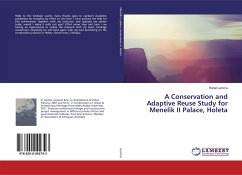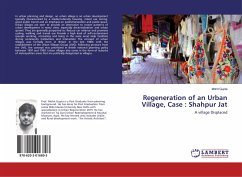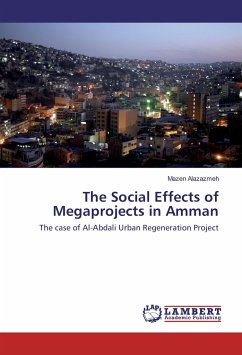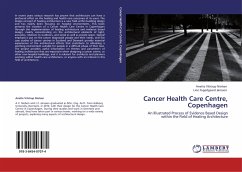The "leftover" of the industrial cities are great potential for architects and urban planners to transform and adapt to the existing environment and making the physical spaces meet the needs of the present society. Instead of spread urbanization around in an uncontrolled way just to satisfy the interest of few, and as an alternative of promoting new consumption of land, helping speculation and bad urban design, there's a strong belief that the discipline should look more into the existing spaces which are not working anymore in a proper way due to the transformation of the society or the political and economic decision has been moved in others directions. This is the motivation of developing two parallel projects in different cities that had overcome long and still developing processes of urban regeneration since the deindustrialization process began in the 1980s. Turin and Copenhagen are both medium size, post-industrial cities that have developed contemporary plans to redevelopabandoned and disconnected areas of the city with city planning strategies around the 1990s and 1995 .
Bitte wählen Sie Ihr Anliegen aus.
Rechnungen
Retourenschein anfordern
Bestellstatus
Storno








